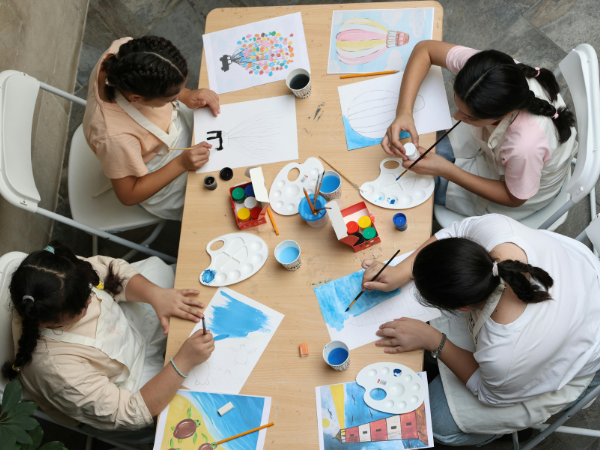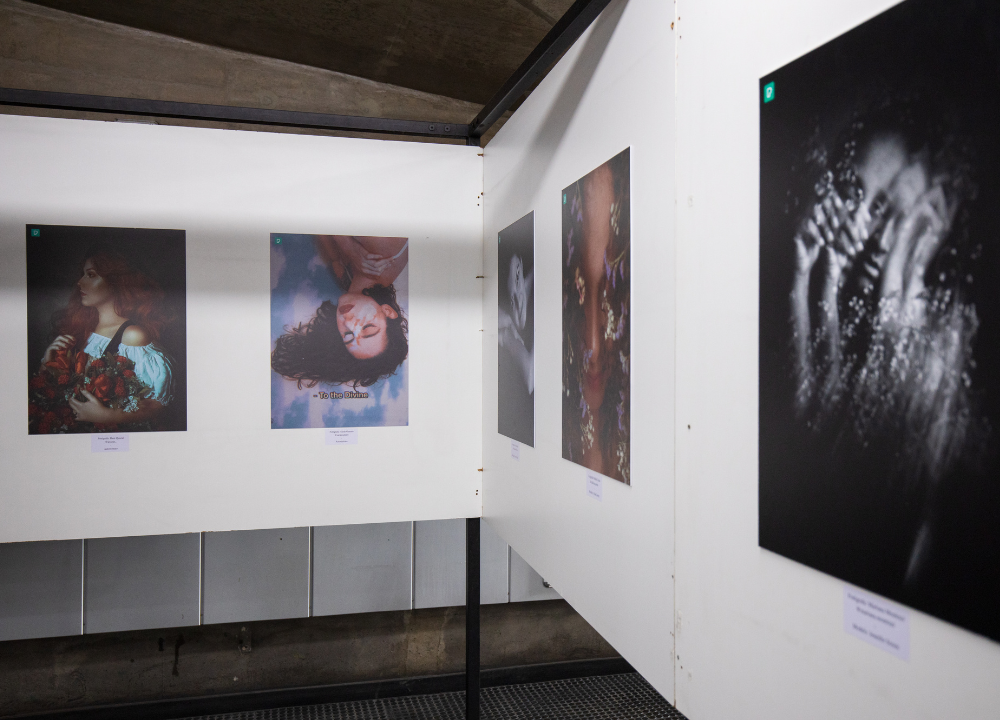Art in 2025 has become a global language of resistance, identity, and dialogue. No longer confined to galleries or national traditions, it transcends borders to address urgent political and cultural issues.
The Globalization of Artistic Voices
In 2025, artists are increasingly collaborating across continents, creating works that reflect shared struggles and aspirations. This globalization of voices has blurred the lines between local and international art.
- Cross-continental collaborations – Artists from Asia, Africa, and Europe co-create projects.
- Online platforms – Digital exhibitions allow global audiences to engage instantly.
- Shared themes – Climate change, migration, and human rights dominate artistic narratives.
- Hybrid styles – Traditional techniques merge with modern digital tools.
- Cultural exchange – Festivals and biennales highlight diverse perspectives.
This interconnectedness has transformed art into a universal dialogue, where cultural differences enrich rather than divide. The result is a vibrant tapestry of global creativity that reflects humanity’s collective challenges.
Political Art as a Tool of Resistance
Political art in 2025 is not just commentary—it is activism. Artists use their platforms to challenge authority, question policies, and amplify marginalized voices.
- Protest murals – Street art highlights social injustices.
- Performance activism – Live art pieces confront political systems.
- Satirical digital art – Memes and graphics critique leaders and institutions.
- Documentary installations – Multimedia projects expose corruption and inequality.
- Symbolic sculptures – Public monuments represent resistance movements.
By merging creativity with activism, political art has become a powerful tool for mobilization. It transforms public spaces into arenas of debate, ensuring that art remains inseparable from the fight for justice.
Cultural Identity in a Globalized World
As globalization accelerates, artists are reclaiming cultural identity through their work. In 2025, art serves as a reminder of heritage while adapting to modern realities.
- Indigenous art revival – Traditional motifs reappear in contemporary works.
- Diaspora narratives – Migrant artists explore themes of belonging.
- Language preservation – Poetry and calligraphy safeguard endangered tongues.
- Fashion as culture – Designers integrate ancestral patterns into modern clothing.
- Music fusion – Local instruments blend with global genres.
This emphasis on identity ensures that globalization does not erase cultural uniqueness. Instead, it empowers communities to celebrate their roots while engaging with the wider world.
Technology and Digital Expression
Technology has revolutionized art in 2025, enabling new forms of political and cultural expression. Digital platforms amplify voices that might otherwise remain unheard.
- Virtual reality exhibitions – Immersive experiences highlight social issues.
- Blockchain art – NFTs preserve ownership and authenticity.
- AI-generated activism – Algorithms create politically charged visuals.
- Social media campaigns – Artists reach millions instantly.
- Interactive installations – Audiences participate in shaping the artwork.
Digital art democratizes creativity, allowing anyone with internet access to engage. It also raises questions about authenticity and ownership, making technology both a tool and a challenge for modern artists.
Climate Change and Environmental Art
Environmental concerns dominate artistic themes in 2025. Artists use their work to highlight the urgency of climate change and inspire collective action.
- Eco-sculptures – Made from recycled materials to raise awareness.
- Climate murals – Public art depicts rising seas and deforestation.
- Performance art – Artists stage symbolic acts to represent ecological collapse.
- Green festivals – Events powered by renewable energy.
- Documentary photography – Captures the human impact of climate disasters.
Environmental art bridges science and emotion, making abstract data tangible. It transforms climate change from a distant concept into a visceral reality that demands immediate response.
Migration and Human Rights in Art
Migration and human rights are central themes in 2025, as artists respond to global displacement and inequality. Their works humanize statistics and policies by telling personal stories.
- Portrait series – Depicting refugees and migrants with dignity.
- Storytelling installations – Combining audio and visuals to share lived experiences.
- Border art – Murals on walls and fences challenge divisions.
- Interactive maps – Showing migration routes and struggles.
- Theater productions – Dramatizing human rights abuses.
By focusing on human narratives, art dismantles stereotypes and fosters empathy. It reminds audiences that behind every statistic lies a human life deserving of respect.
The Role of Institutions and Governments
In 2025, institutions and governments play a complex role in shaping political and cultural art. Some support it, while others attempt to suppress it.
- State-funded projects – Governments sponsor cultural festivals.
- Censorship – Restrictive regimes silence critical voices.
- Museum activism – Exhibitions highlight political struggles.
- Grants for marginalized artists – Funding supports underrepresented communities.
- Diplomatic art exchanges – Nations use art for soft power.
This duality reflects the tension between art as a tool of empowerment and art as a threat to authority. Institutions can either amplify or silence artistic voices, shaping the cultural landscape.
The Future of Borderless Art
Looking ahead, art in 2025 points toward a future where creativity transcends boundaries. Political and cultural themes will continue to evolve, reflecting humanity’s shifting realities.
- Global collectives – Artists form transnational networks.
- Decentralized platforms – Art circulates without institutional control.
- Youth-driven movements – Younger generations lead cultural activism.
- Cross-disciplinary projects – Art merges with science, politics, and education.
- Universal accessibility – Technology ensures art reaches all communities.
The rise of borderless art signals a new era where creativity is inseparable from social responsibility. It is not just about aesthetics—it is about shaping the future of humanity.




